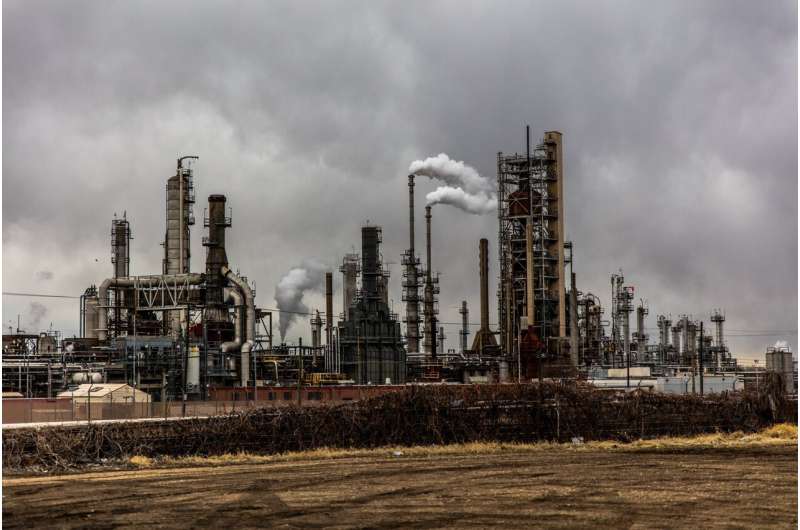
In the United States, federal regulators manage air pollution primarily due to its effects on human health and mortality. Current regulatory analyses assume that all people are affected equally by air pollution. A new study estimated the mortality impacts of air pollution using information specific to race and ethnicity.
The study found that because older Black and Hispanic people are significantly more likely to die prematurely because of exposure to air pollution, regulators’ approach of ignoring these differences across race and ethnicity underestimates the total mortality costs of air pollution by $100 billion.
The study, by researchers at Carnegie Mellon University (CMU) and the Environmental Defense Fund, is published in Environmental Health Perspectives.
“Underlying mortality rates, pollution exposure, and pollution vulnerability differ significantly across racial and ethnic groups,” says Nicholas Z. Muller, Professor of Economics, Engineering, and Public Policy at CMU’s Tepper School of Business, who coauthored the study. “The use of mortality rates specific to race and ethnicity did not significantly affect the total number of deaths, but it distributed them differently across racial and ethnic groups by altering the race/ethnicity-specific distribution of risk of premature mortality.”
Regulatory analyses of air pollution policies require using concentration-response functions (which relate concentrations of pollutants in the ambient air to mortality risks and other adverse health effects) and underlying health data to estimate the mortality and morbidity effects associated with policy-related changes in fine particulate matter (PM2.5). But these analyses generally do not use different vital statistics and functional forms by race and ethnicity.
In this study, researchers used new findings from epidemiological research to determine how estimates that account for race and ethnicity (i.e., estimates that use race/ethnicity-specific data as inputs to the analysis) compare with standard estimates. Specifically, they used the 2014 National Emissions Inventory to estimate the mortality impacts of air pollution from all sources, from a uniform increase in concentrations and from regulations imposed by the Mercury Air Toxics Standards. They also used race/ethnic-specific baseline health data for whites, Black Americans, Hispanic Americans, Asian Americans, and Native Americans.
Factoring in racial and ethnic differences in underlying health and vulnerability to pollution increased premature mortality estimates related to PM2.5 from pollution exposure to all sources by 9% in people older than 65 years, amounting to a $100-billion difference from currently used estimates in mortality costs. But the differential impact across race was much larger: Considering these differences across race and ethnicity boosted the estimated mortality impacts on older Black Americans by 150% and on Hispanic Americans by 52%, the study concluded.
Furthermore, under a scenario representing a uniform degradation of air quality across the country, older Black Americans had more than three times higher mortality than white Americans. The authors also found that standard approaches (i.e., using nonracial/ethnic-specific information) underestimate the benefits of the Mercury Air Toxics Standards to older Black Americans by almost 60%, while overestimating the benefits to older white Americans by 14%.
The authors note that their study is limited by the geographical aggregation of data at the county level. They point out that intra-county concentrations of PM2.5 may vary significantly, and Black Americans are generally more likely to live near highways and other major sources of emissions.
Source: Read Full Article





